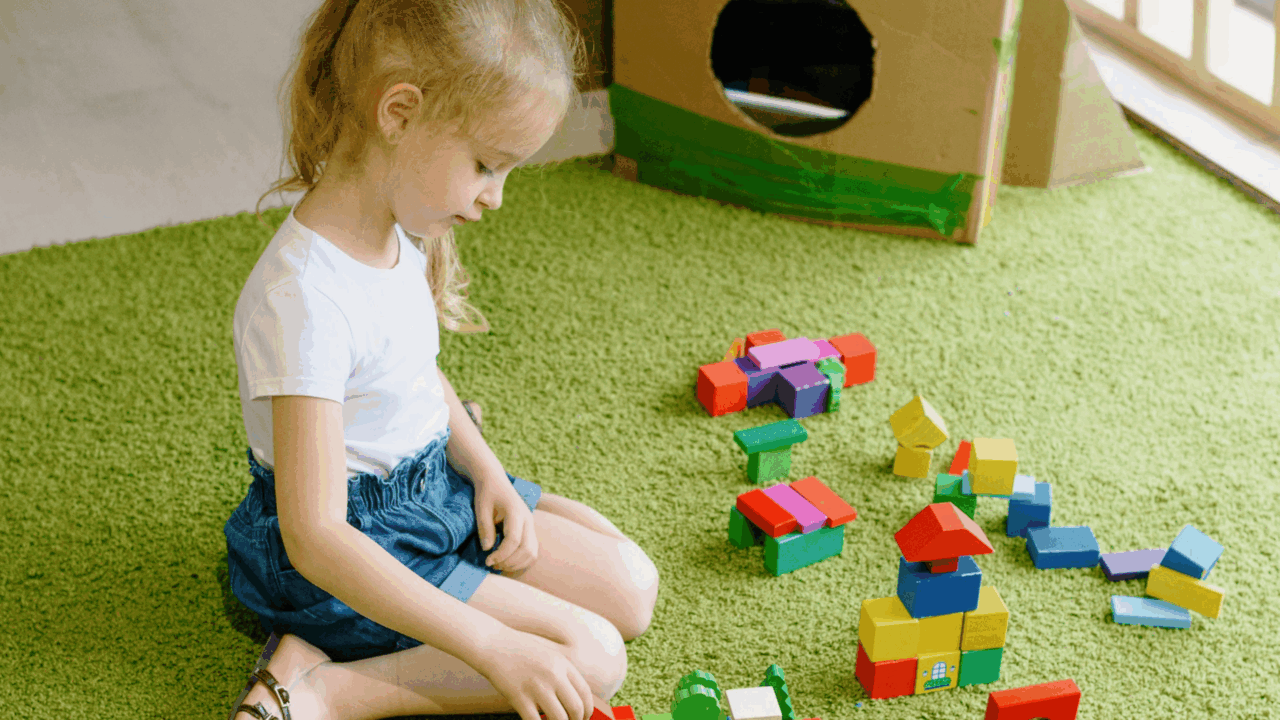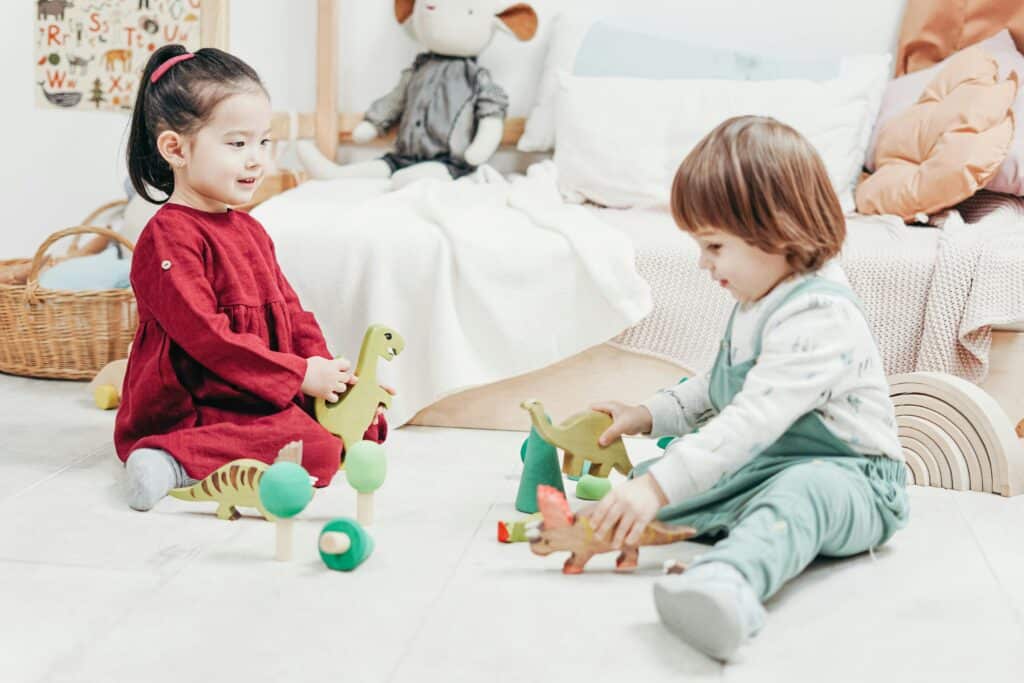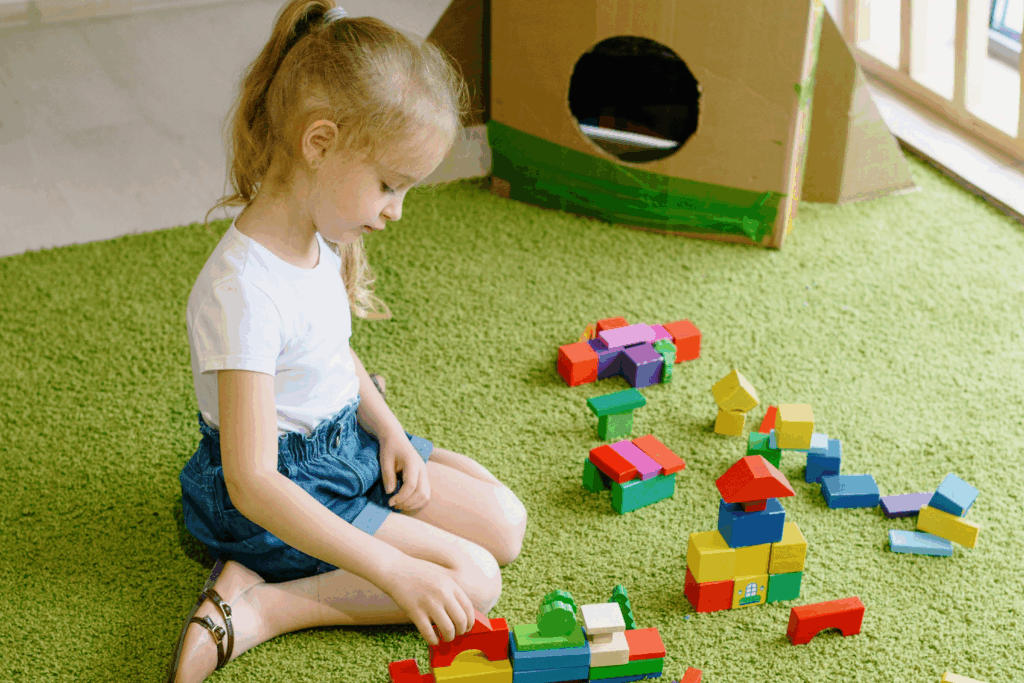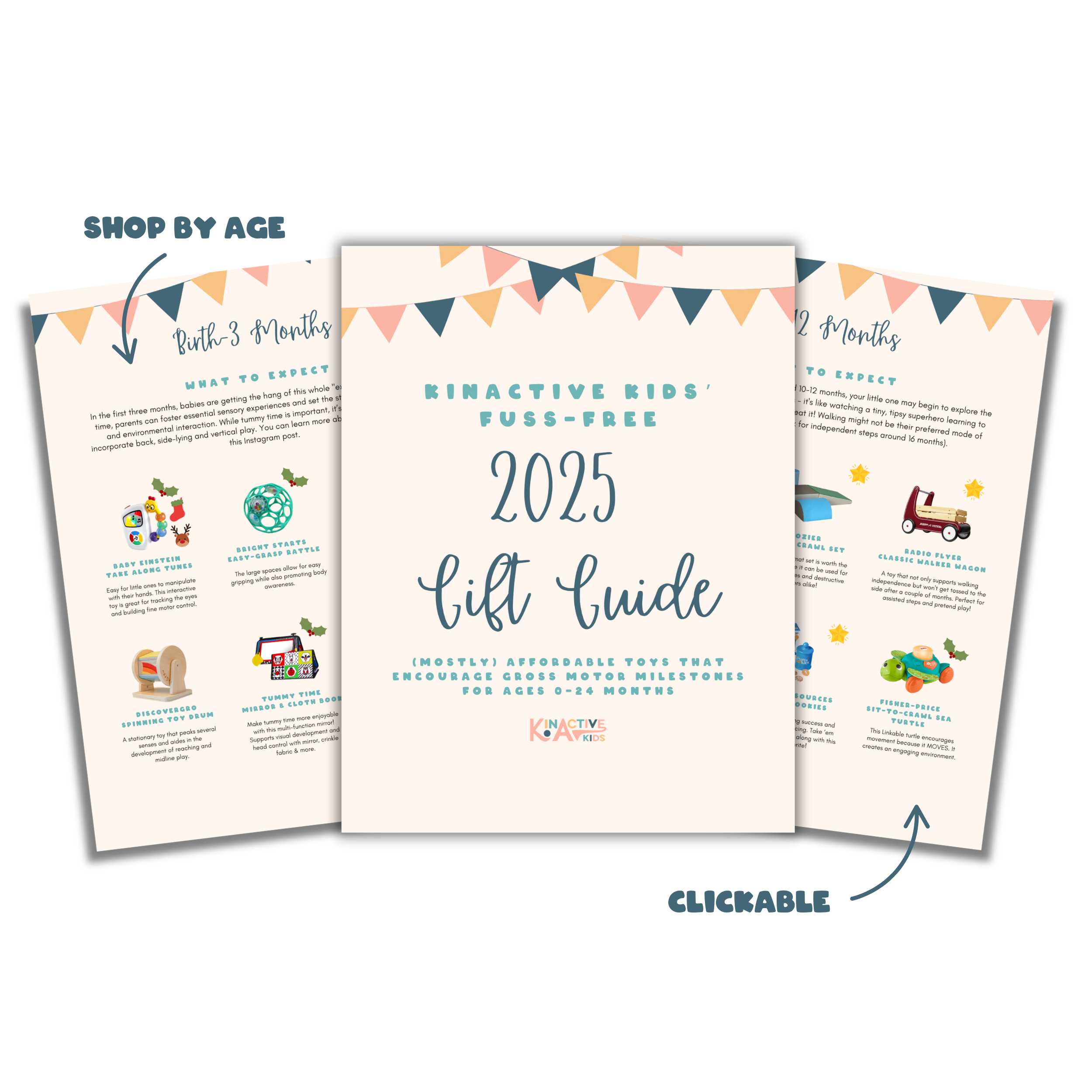Toddler Posture: What Every Parent Should Know

Let’s get real for a minute: when you think about your toddler’s posture, is it even on your radar? Probably not—because you’re busy keeping them alive and fed. But posture matters, even for the tiniest humans. How your child sits today can impact how they move, play, and even feel down the road. So buckle up, because we’re diving into toddler posture and why you should absolutely give a hoot.

How Your Child Sits Matters
Posture isn’t just about looking cute for family photos. It’s a window into your child’s muscle strength, coordination, and even their body awareness. When your little one slouches, flops, or “melts” into certain positions, it tells us A LOT about what’s going on underneath the surface.
Good posture helps kiddos build strong core muscles, improves balance, and sets them up for smoother transitions (think crawling to standing, sitting to walking). Bad posture? It can lead to compensation patterns, weakness, and even joint stress over time. So yeah, it matters.
What Causes Poor Toddler Posture?
Toddlers aren’t lazy—they’re opportunistic. If their body can take the “easy way out,” it will. Common culprits of poor sitting posture include:
- Low muscle tone
- Joint hypermobility (hello, bendy babies!)
- Delayed core strength development
When muscles aren’t pulling their weight, toddlers find postures that let their ligaments and bones do the work instead. Not ideal.
How Can You Help Develop Strong Toddler Posture? (Without Being the Fun Police)
The good news? You don’t need to become the toddler posture police. Instead, sprinkle in smart play strategies that build strength and encourage better alignment.
But first, know your sitting styles. Not all sitting is created equal.

The Sitting Style Showdown: Toddler Edition
W Sitting – Rating: 2/10
Is W sitting really that bad for toddler posture? Not necessarily. It’s a developmentally normal position occasionally. BUT—if it’s your kiddo’s go-to, it can signal underlying issues like hypermobility or low tone.
W sitting requires minimal muscle work, which cheats the system. Long-term, it stresses the ligaments in knees and hips and can even contribute to in-toeing patterns. So while it’s not the villain of the century, we don’t want it to be their forever favorite.
Straight Legs – Rating: 4/10
It’s fine sometimes, but when kids default to straight legs all the time, it makes transitions clunky. Plus, it can morph into “happy sitting,” which is not what we’re aiming for.
Propped on Hands – Rating: 8/10
This is a great move for new sitters (think 6-8 months). Leaning on hands helps babies stabilize while figuring out this whole “sitting” thing. Love it for beginners, but eventually we want hands free for play.
Side Sitting – Rating: 10/10
Side sitting is the gold standard. It challenges core strength, hip mobility, and helps kiddos learn to shift weight for transitions. Bonus: it builds functional strength they’ll actually use.
Posture Play Ideas: Fun Ways to Build Strong Sitters
Now for the good stuff—fun, parent-friendly ways to boost your toddler’s posture game:
1. Floating Feet Challenge
Perch your little one on a ledge—think couch edge, counter, or even a sturdy bench. Place a toy just above their head and have them reach up with both hands. While they’re focused on the prize, gently lift their feet to make a 90 degree angle. The wobblier the seat, the more those core muscles have to kick in. It’s sneaky, effective, and a fun way to build strength without them even realizing it.
2. Foot Painting Party
This one’s a crowd-pleaser. Let your kiddo “paint” with their feet—use a paintbrush or even their toes. Whether they’re propped on bent elbows or sitting tall, remind them to keep that chin tucked. You’re secretly working those lower tummy muscles that stabilize the pelvis. Win-win.
3. Putty Pull Game
Have your little one lay on their tummy in a “superman” pose—arms reaching straight out in front. Stick some putty just above their eye level. The challenge? Reach up, grab the putty, and pull it down piece by piece. This sneaky move fires up their core, strengthens shoulders, and builds the endurance they need for solid, upright sitting. Functional strength disguised as play? Absolutely.
See each of these exercises in action here.
Feeling Overwhelmed? Start Simple.
If these ideas feel like “one more thing” to manage, take a breath. A few easy swaps can make a big difference:
- Place toys on elevated surfaces to encourage upright sitting
- Let your toddler play on their knees to engage core muscles
- Use couch cushions or wobble seats to challenge posture (without feeling like therapy homework)
The goal isn’t perfection. The goal is variety, engagement, and a little muscle wake-up call for those sleepy postural muscles.
Practice Makes Progress
Posture is one of those sneaky foundational skills. You don’t have to be the posture drill sergeant, but by encouraging better sitting habits through play, you’re giving your child tools that will benefit them for years.
So next time you see that W sit creep in, offer a side sit alternative. Make tummy work fun. And remember—good posture starts with smart play.



